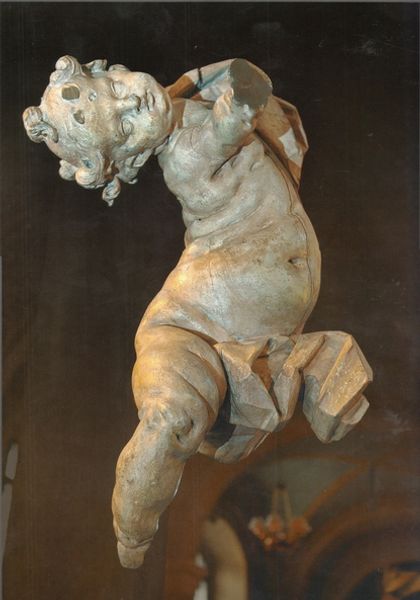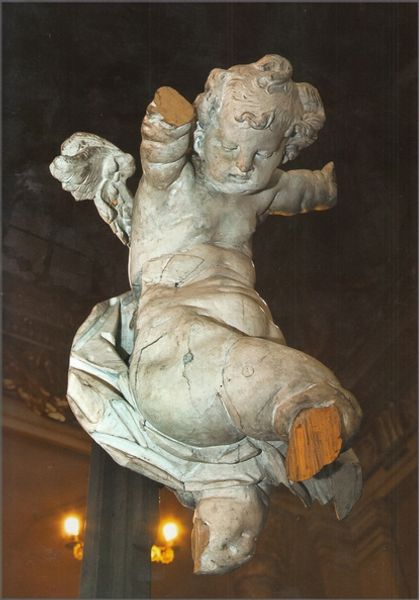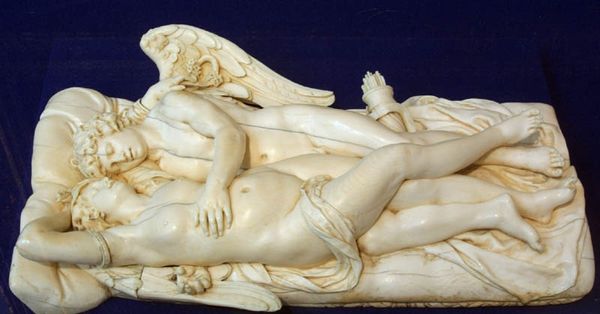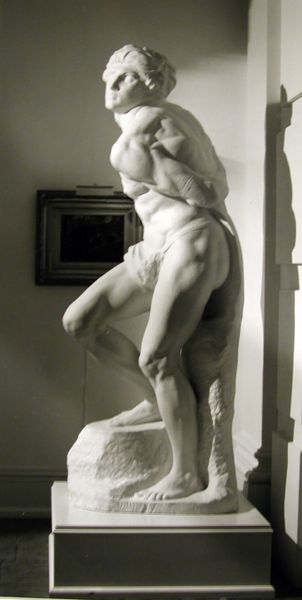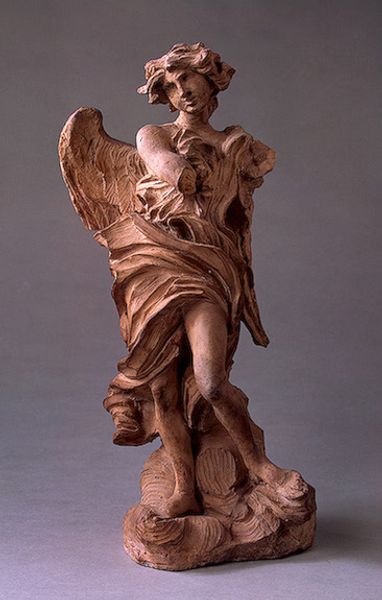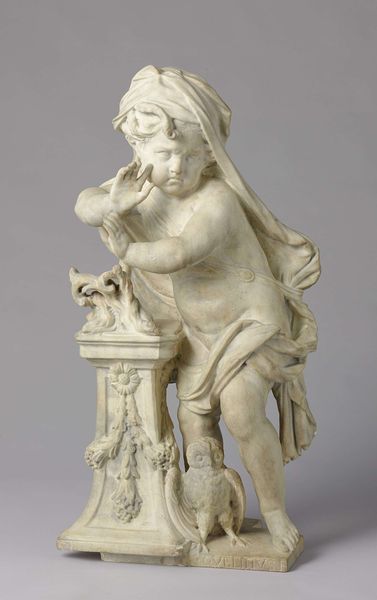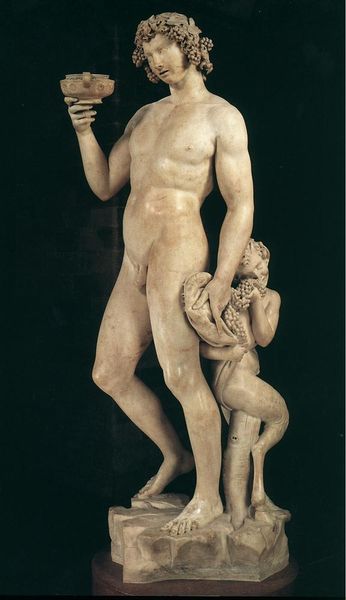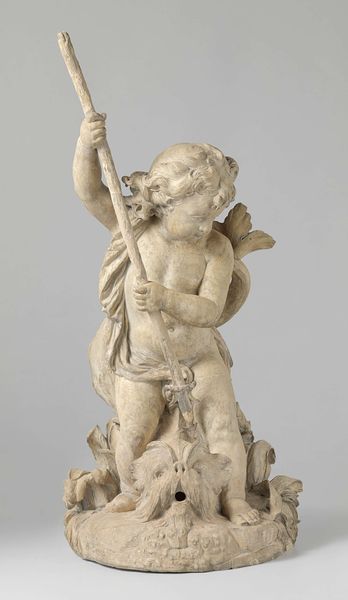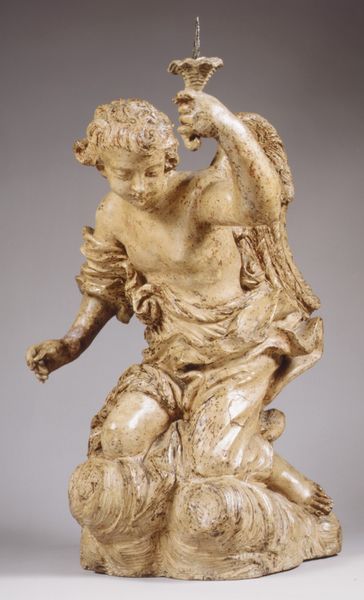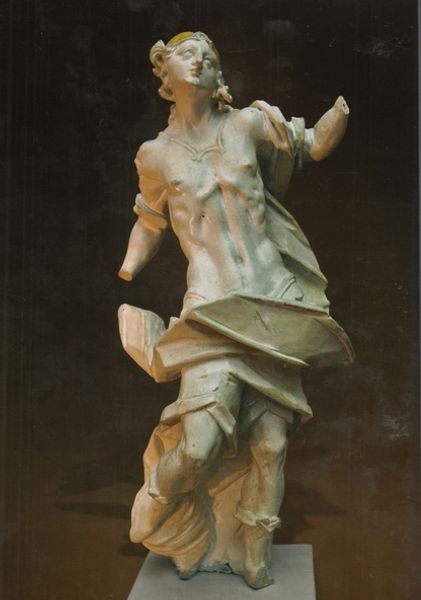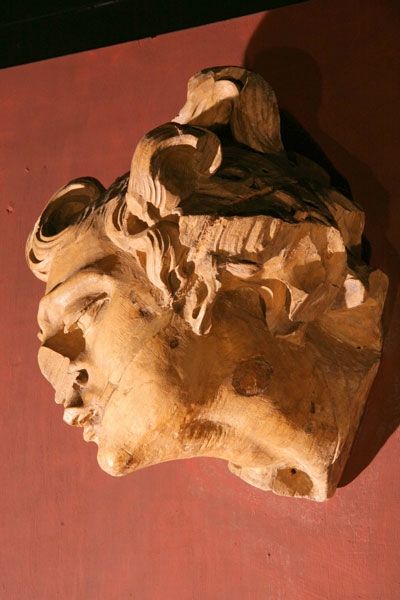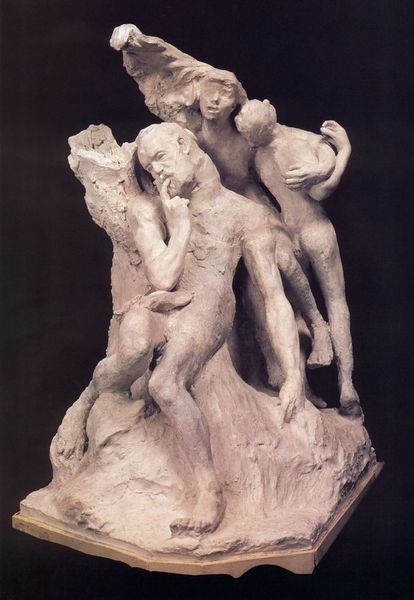
sculpture
#
baroque
#
sculpture
#
figuration
#
sculpture
Copyright: Public domain
Curator: These figures! I am struck by the evident labor embedded in carving these small forms. There’s an inherent tactility, right? Editor: Absolutely! The medium, undoubtedly stone—given the date around 1755—seems both playful and precarious, doesn't it? Almost weightless. I wonder, though, about their placement initially... Were these 'Putti', created by Johann Georg Pinzel, designed as decorations for an altar? Curator: Possibly. Although Pinzel was well-known for using linden wood to create sculptures for decorating the interiors of churches, he used other material. Considering the socio-political context, where religious commissions heavily influenced artistic output, these pieces exemplify the merging of devotion and decorative art of the period. Look closely, and you notice what seems like quick strokes, possibly a method employed because he was often on the run. The consumption of such pieces was primarily by the elites who supported artists like Pinzel, reinforcing social stratification through art. Editor: You’re right to highlight the Baroque’s performative spectacle, but what if their original setting also had something to say about institutional control? How churches used imagery to reinforce narratives… Are we really able to unpack the nuances when so many works have been removed from their places of origin? And given the apparent breakage around the arm, are they perhaps telling a different story in the present as artefacts, especially with the patina? Curator: Yes, the loss is poignant and evident. This disruption offers new lenses for how labor processes themselves might be considered through the work. What stories were involved, whose labour matters, and which don’t. It is almost too facile to simply say “time creates pathos” while we disregard how and why such objects end up broken. Editor: I appreciate your point on the tangible traces. These sculptures, once integral components of a larger symbolic order, invite considerations about preservation. We must strive for dialogues about the layered readings—not just for scholars like us but visitors experiencing the art today. Curator: Agreed, acknowledging art is bound to history is vital.
Comments
No comments
Be the first to comment and join the conversation on the ultimate creative platform.
